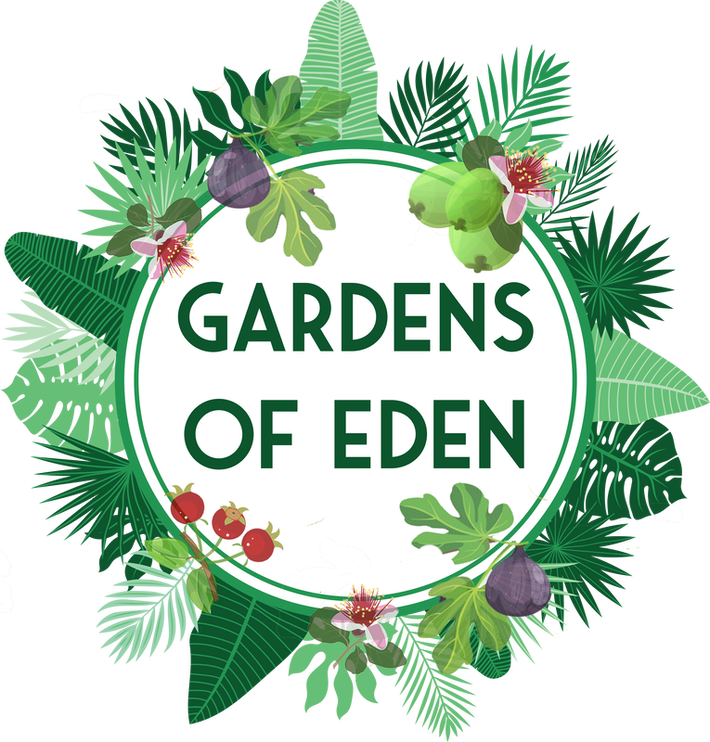|
Suburban front gardens, greenspaces, roundabouts and country manors. Lawns occupy more space than any other crop in the United States and you could be forgiven for assuming that statistic applies to the UK as well. But why? There is no doubt that lawns have their place; in parks, for sport, particularly golf, and even for just relaxing in the sun with a picnic, but is that the only reason? I mean, I loved sunbathing on my back lawn during last year’s glorious heat wave, but really? America’s most cultivated crop? More than wheat, more than potatoes, more than maize, oats, or any other irrigated crop. Lawn and turf grass, bigger than them all?
The truth is that lawns made their obnoxious transition from ‘livestock dinner’ to ‘suburban must have’ by … well, by being relatively useless. In the early 17th century lawns became a status symbol for the aristocracy and gentry. The very wealthy allocated huge spaces in the front of their decadent homes for lawn. Lawn to demonstrate the lack of necessity to grow food or keep livestock, which is what would have been typical at the time. Lawns also demonstrated the owner’s wealth with their high-maintenance. Servants with scythes would be required to keep the lawn, numbers of people cutting huge areas by hand. This kind of commodity was accessible only to those with extreme wealth, vast amounts of land and the societal implications that came with such things. It’s not surprising then that when the lawnmower was invented in 1830 everyone wanted a piece of high society, and before long the lawn had become a cultural norm in every neighbourhood in the western world. So what’s the harm? I mean, who doesn’t like the smell of freshly cut grass? And it’s not like we are lacking growing space to feed a growing population ... well. Admittedly, a space occupied by turf grass is better for the local ecology than concrete. The existence of living plant matter acts as a carbon sink, sucking carbon from the atmosphere and storing it in the soil. However, as well as being disproportionately treated with chemical fertilizers and weed killer, lawns contribute very little to wildlife and overall ecological diversity compared to any other choice of planting. What’s more, the labour and watering requirements for lawns are very high, considering the lack of a quantifiable ‘yield.’ As a gardener, I can’t help but see lawns as a bit of a wasted opportunity. I imagine wild flower meadows as low-maintenance, pollinator loving alternatives. Better still, why not intermingle perennial food crops, intertwined with an abundance of floral colour and fragrance? Cut the cost of the food shopping, or even help yourself if it’s in a public space. I see lawn space as an opportunity to contribute to solutions of contemporary issues. Food banks on the rise, why not provide a free and nutritious food source in place of lawn in our public spaces? Pollinators and wildlife in decline? Why not use our gardens as ecological havens? Filling them with a diversity of pollinator plants or even a bug hotel. This could be done tastefully too. Green space planting designed to be beautiful with an edible twist surrounded by low-maintenance wild flower meadows. In my own garden in St Austell, Cornwall, the front garden was re-purposed into an ornamental yet edible suburban micro-farm. A combination of perennial and annual planting beds provided a constant supply of salads, beets, chives, rhubarb, chard, Chilean guavas, garlic, ginger, saffron and strawberries, and no, my garden isn’t a muddy allotment; it’s a stylish contemporary ornamental garden with a Willy Wonka twist! Throughout history, before lawns dominated the suburban garden market, land was seen as a resource. A canvas from which food and, by extension, capital could be generated. The Spartans even regarded land and the resources to grow one’s food as a birth right, allocating areas of land to every citizen after they reached adulthood. Is land access no longer a human right? Do we not all have a collective right to nurture the land around us and control a portion of our food supply? With my business GardensOfEdenUk, I aim to bring edible landscaping to the forefront of garden design. Edible gardening need not be achieved at the expense of beautiful borders and flowers. They are both important components of a bigger idea; multi-purpose, ornamental, edible and ecological gardens, providing a food source, improving biodiversity and simply looking great. There will always be a place for the lawn; places to sit and play sport, but maybe it’s time to rethink a portion of allocated lawn space. A portion that could be put to more imaginative, purposeful use. By Zac Harris BSc Horticulture (Garden and Landscape Design)
16 Comments
|
AuthorZac Harris BSc Horticulture (Garden and Landscape Design) Archives |
|

 RSS Feed
RSS Feed


